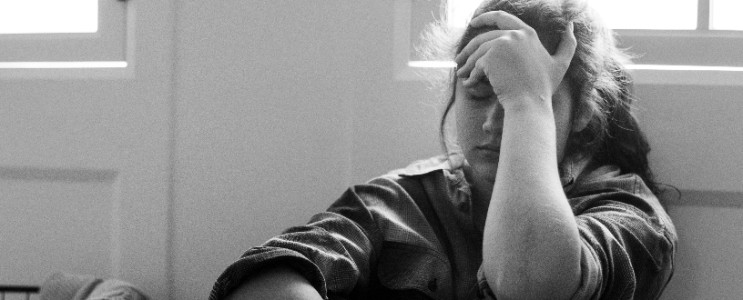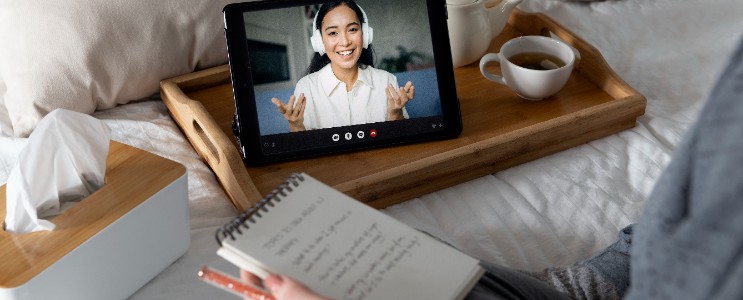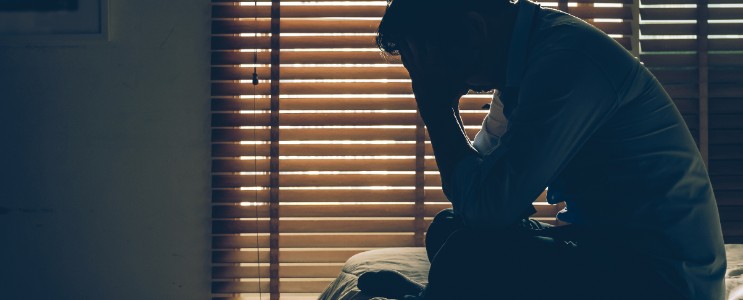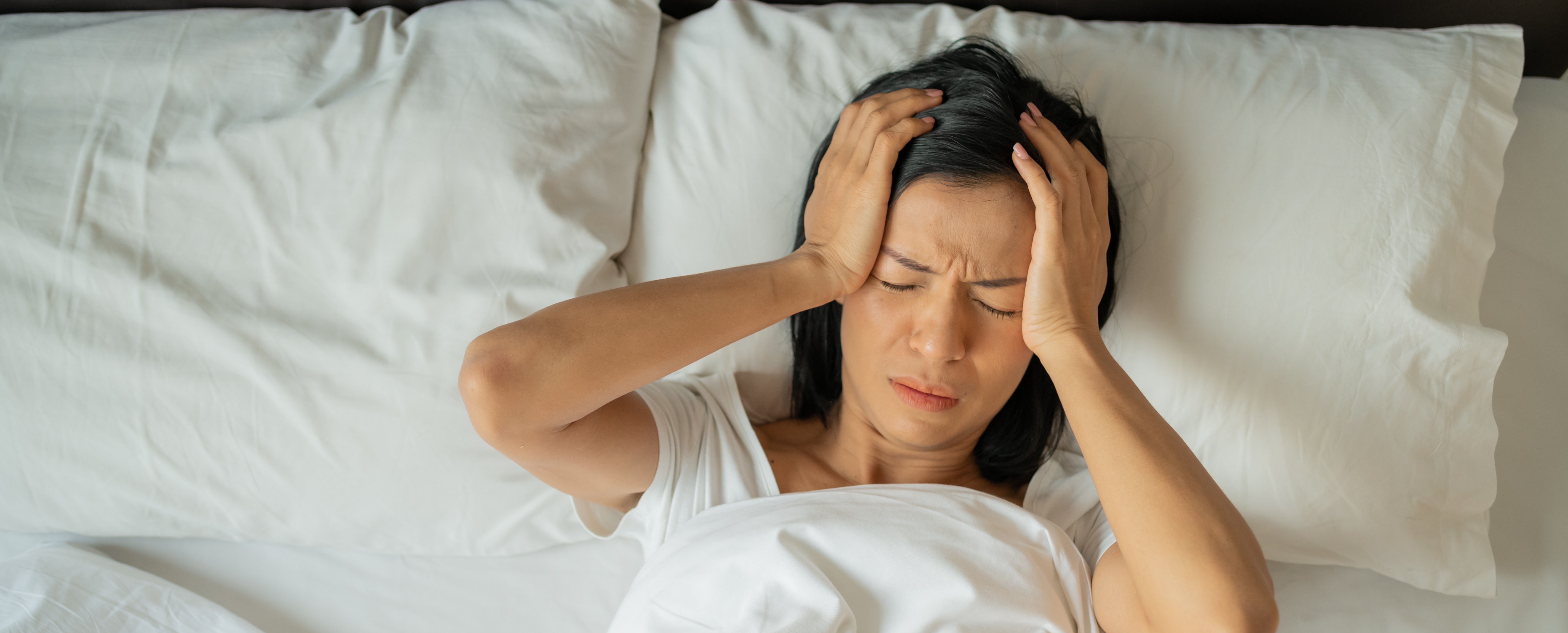
A Panic attack or a Panic Disorder?
.jpg)
High-stress environments or even thinking about a stressful event can trigger a panic attack. If you have ever experienced a sudden, overwhelming feeling of fear or anxiety, your heart racing and chest tightening, you may have had a panic attack. Panic attacks can be very frightening, but they are not dangerous. For some people, panic attacks are a one-time event. Others have recurrent panic attacks, which can be a sign of panic disorder. There are several misconceptions about panic disorder, so it’s important to understand the difference between a panic attack and a panic disorder.
What is a Panic Attack?
Panic attacks are sudden, intense periods of fear or anxiety which can happen without warning. They typically peak within minutes and may include physical symptoms such as a racing heart, shortness of breath and dizziness. Panic attacks can be very frightening, but they are not dangerous and usually resolve on their own within 30 minutes.
Symptoms of a Panic Attack
Identifying the symptoms of a panic attack is the first step in understanding whether you are experiencing a one-time event or something more serious. Panic attacks typically include some or all of the following physical symptoms:
- Sudden, intense fear or anxiety
- Heart palpitations or a racing heart
- Shortness of breath or feeling like you can’t catch your breath
- Sweating
- Trembling or shaking
- Dizziness or lightheadedness
- Nausea
- Chills or hot flashes
Emotional symptoms during a panic attack are as follows:
- Fear of losing control
- Feelings of fear, anxiety or dread
- Being detached from reality or feeling like you are in a dream•
- Feelings of terror that something bad is going to happen
- A sense of impending doom
What is a Panic Disorder?
A panic disorder is a type of anxiety disorder which is characterized by recurrent and unexpected panic attacks. Panic disorders can also include periods of intense fear or anxiety that lasts for several hours or even days. Panic disorders can be disabling and may cause people to avoid certain situations or activities.
What are The Symptoms of Panic Disorder?
In addition to recurrent panic attacks, people with panic disorders may:
- Feel anxious between attacks
- Fear having another attack
- Worry about the consequences of an attack (such as losing control or having a heart attack)
- Avoid activities or situations that may trigger an attack
- Make changes to their routine or behaviour
What is the Difference Between Panic Attack and Panic Disorder?
It is important to remember a panic attack is not the same as a panic disorder. A panic disorder is diagnosed when a person experiences recurrent, unexpected panic attacks and lives in fear of having another attack. If you think you may be experiencing panic attacks or a panic disorder, it is important to speak to a mental health professional.
5 Tips to Manage Panic Attacks
1. Cognitive Behavioural Therapy (CBT)
CBT is a type of therapy which can be effective in treating panic disorders. CBT focuses on changing the thoughts and behaviours contributing to anxiety and panic. A study found people who went for four weeks of exposure-based CBT experienced positive changes in the neural pathways which are triggered during panic attacks.
2. Focus on Breathing
Mindfulness-based approaches and breathing exercises can help to control anxiety and panic by focusing on the present moment. Research has found evidence when people focus on deep breathing they experience improvement in their emotional well-being. Hyperventilating is common during a panic attack, so it is important to focus on slowing down your breathing.
3. Consult a Therapist
Approximately 275 million people globally suffer from anxiety disorders which include panic attacks. A therapist can help you understand your thoughts and feelings and develop healthy coping mechanisms. They can also help you to identify any triggers for your panic attacks and provide guidance on how to avoid or manage them.
4. Try Progressive Muscle Relaxation
A deep relaxation technique, progressive muscle relaxation can help to control the physical symptoms of anxiety and panic. The technique involves tensing and relaxing different muscle groups in the body. This helps to increase awareness of how your body feels when it is tense and when it is relaxed.
5. Guided Imagery
Picturing a place or situation that makes you feel calm can help to reduce anxiety and panic. Guided imagery is a type of relaxation technique that uses your imagination to control your thoughts and feelings. A study revealed visualizing nature and spending time amidst greenery can help to lower anxiety and stress and in turn reduce the chances of a panic attack.
Panic attacks and panic disorders can be debilitating, however, with the right treatment most people can learn to manage their symptoms. If you think you may be experiencing panic attacks or a panic disorder, it is important to speak to a mental health professional. Seeking help is the first step in managing panic attacks and living a healthy, productive life.
Articles
Build your awareness and get inspired with our researched articles on how you can strengthen your well-being
Popular Topics
An OTP has been sent to the email address
provided.
Please check your Inbox and Spam folders.

What Would You Like to Speak with a Specialist About?
Mental Fitness Journey starts Now!
Chearful Connects you with Top-tier Qualified Wellness specialists for the Price of a cup of Coffee!

Next Steps
- A Client Team member will reach out to you to schedule a session with the most suitable specialist.
- You will receive an email with a 10% Discount Code* for your 1st session.
- We invite you to Explore the Platform & Sign Up today! *Upto a maximum of $10 discount on a session purchased




 2076 Read
2076 Read




.jpg)







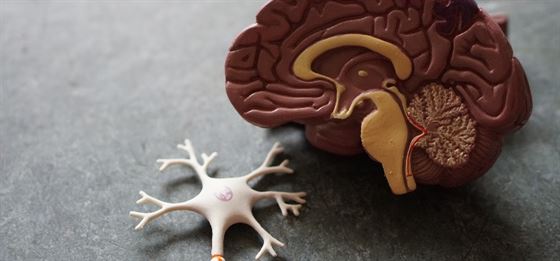
.png)
.png)

.jpg)

.jpg)

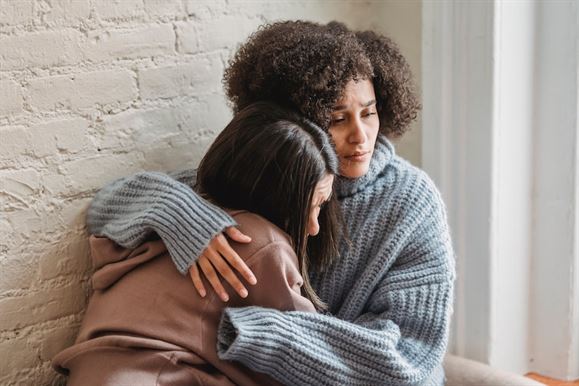
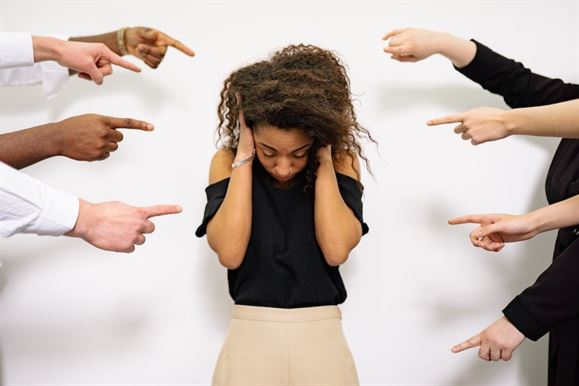

.jpg)



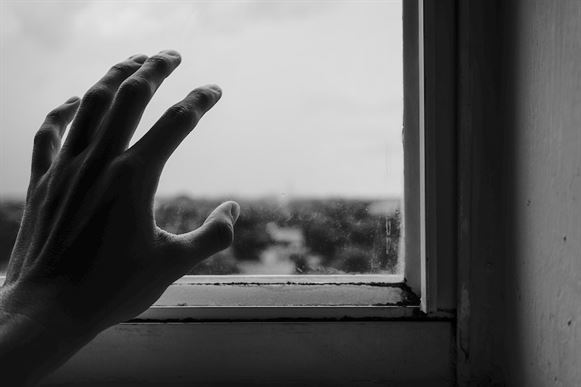



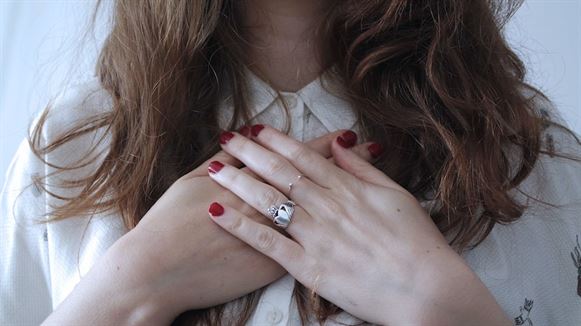












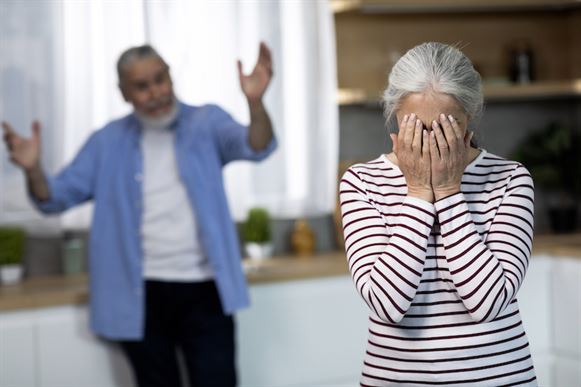
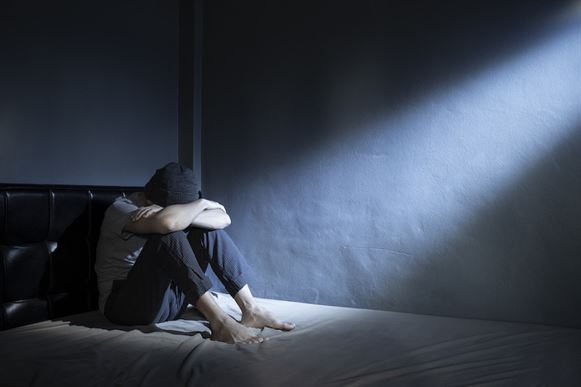
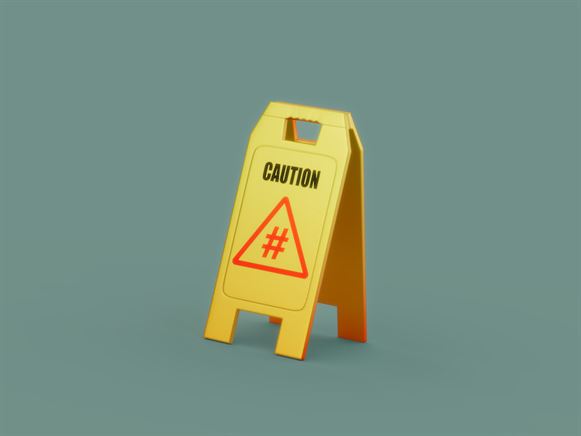

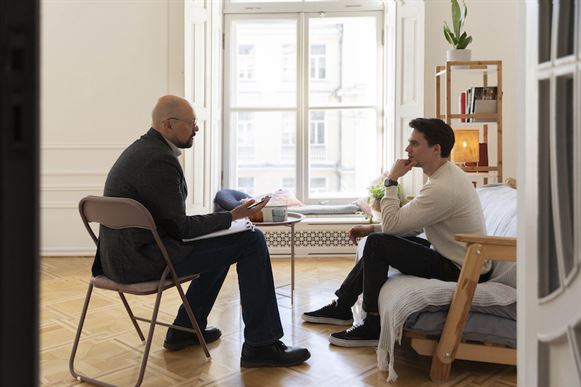








.jpg)
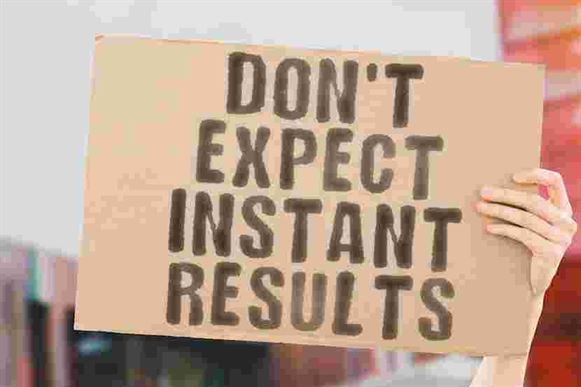
.jpg)
.jpg)












